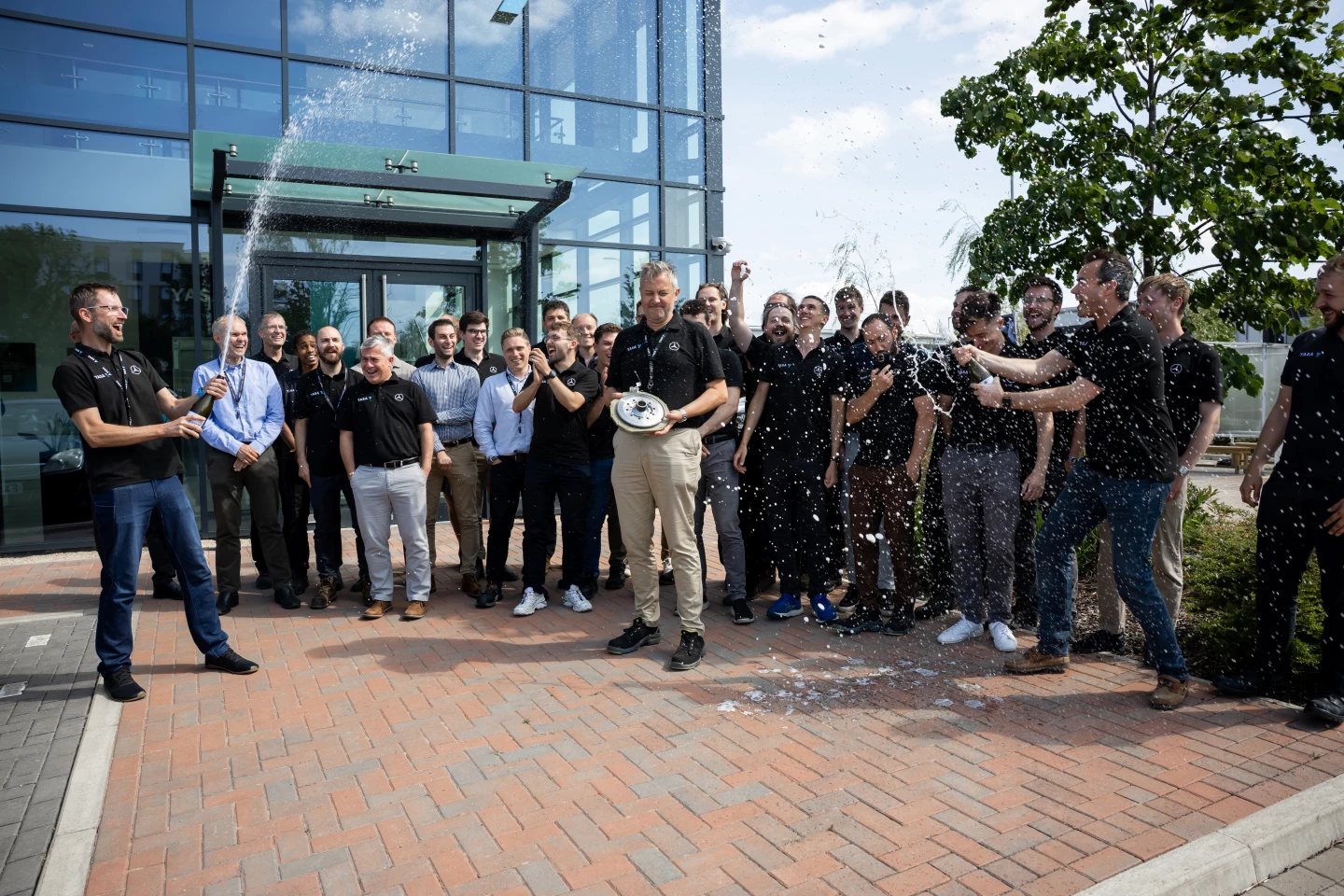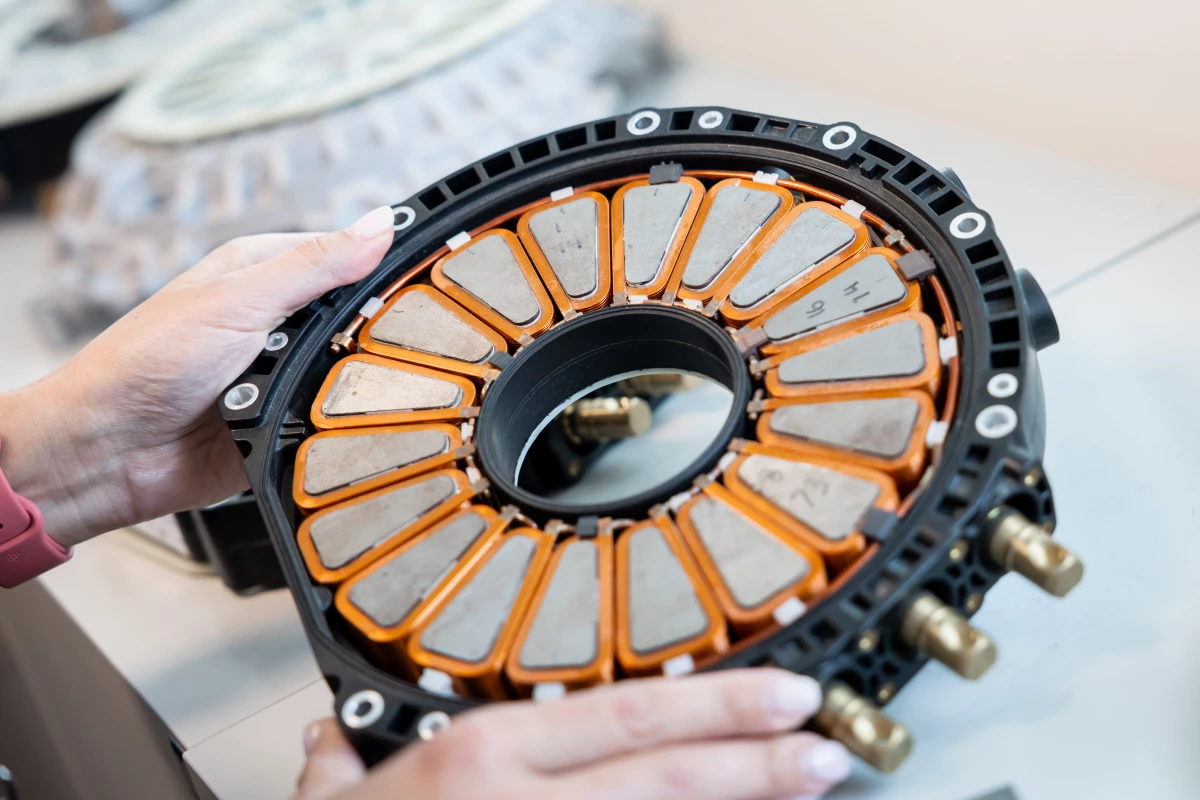YASA is on a tear to demonstrate its technical prowess in flat, compact axial flux motor technology. As we've seen repeatedly in the past, good things happen when the British e-machine specialist sets its sights on the record books. Hot off of showing what its motors can do inside a hunk of exotic Mercedes super-hardware, it's teasing how its next generation of motors will redefine expectations all over again. One of its prototype motors smashed the unofficial power density world record, pulling supercar levels of output from a flat, 29-pound (13.1-kg) disc package.
YASA announced this week that it achieved a massive 550 kW (738 hp) from a prototype motor that weighs a mere 13.1 kg (29 lb), equating out to an extremely impressive 42 kW/kg power density. YASA calls it an unofficial world record, noting that it believes it to be the highest power density ever recorded by an electric motor across any sector or application. It plans further testing in the coming weeks and months.

We wish someone would start an official power density record-keeping system for electric motors because it would organize what is otherwise a series of manufacturer claims. We've been tracking it ourselves in terms of the high-powered, compact motors we feature on our pages, going back at least a decade when 5 kW/kg was considered an exceptional feat multiple times ahead of the competition.
More recently, we've seen high-density figures that double or triple that 5.5 mark from Siemens, including the 15.8-kW/kg Donut Labs hollow-core automotive hub motor, 13.4-kW/kg H3X HPDM-250 aerospace motor, and 13.3-kW/kg Equipmake HPM-400 aerospace/marine motor.
YASA's 42 kW/kg blows all of them out of the water, surpassing each one more than two or threefold. YASA notes that its figure is "almost double" the previous industry high mark. The only motor we've seen publicized that surpasses that halfway point of 21 kW/kg is the 28-kW/kg D250 variant from Evolito, itself a spinoff of YASA.
What makes YASA's accomplishment even more impressive is that most of those other aforementioned high-density motors are aimed at aerospace applications, whereas Mercedes-Benz-owned YASA focuses largely on automotive applications. That's why Evolito was spun off as an aerospace brand at the time of the Mercedes acquisition.
Power-to-weight is even more critical when lifting aircraft mass into the sky and maintaining altitude, so it's notable that an automotive motor manufacturer has pushed so far past its aerospace equivalents, not to mention tripling the 15.8-kW/kg density Donut Labs called a world record earlier this year. YASA itself was advertising a 14.7-kW/kg automotive motor as the darling of its own website not two full months ago.

While YASA takes care to clarify that the record-breaking motor is a prototype, and therefore not ready to take over the industry in the coming weeks, it also adds it's designed to be highly mass production-friendly. It points out that the unit doesn't contain any exotic materials, like cobalt-iron laminations or 3D-printed components, and is designed to be scaled to between 10,000 and 50,000 production units a year at a viable cost.
"This is the first in a series of YASA technical breakthroughs planned for release over the coming months, with additional announcements expected this autumn and into 2026," YASA concludes this week's announcement.
So the latest chapter in the modern-day axial flux pioneer's story is just getting started. We're certainly looking forward to seeing what else it has up its sleeve. Stay tuned.
Source: YASA






